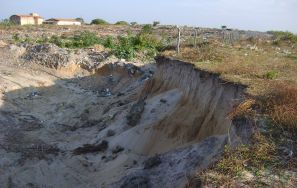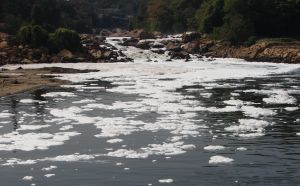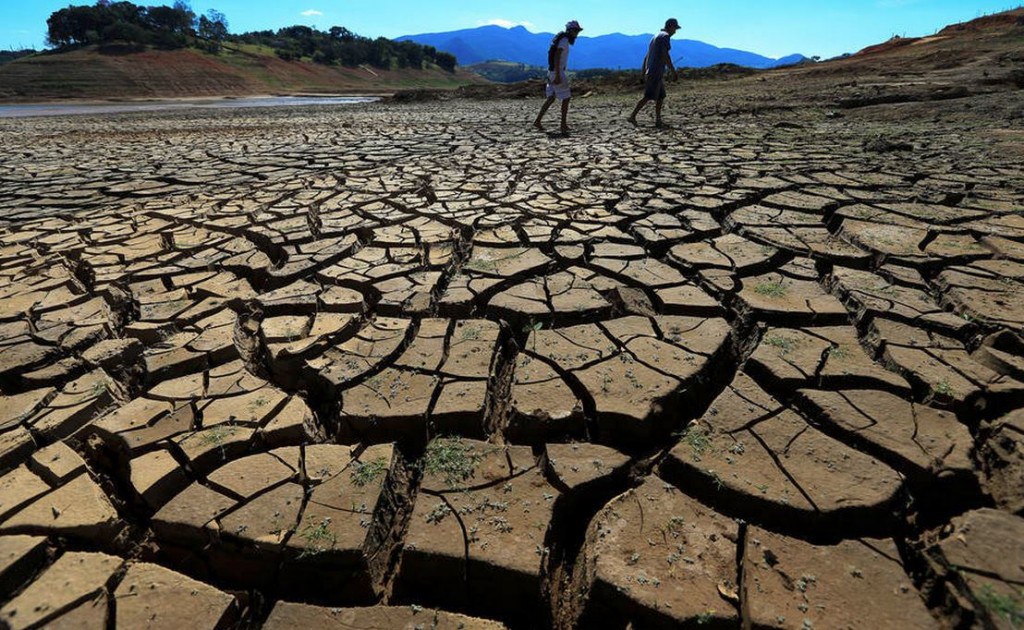Biodiversity Offset. Cost-Benefit Handbook
Business and Biodiversity Offset Programme (BBOP), 2009
- Local people are no worse off through the presence of the project in terms of its impact on biodiversity related livelihoods.
- Local people at the offset site are no worse off as result of the biodiversity offsets, as appropriate and equivalent benefits are built into the offset to compensate for any negative impacts they cause.
- Calculations of the conservation gain of the biodiversity offset activities are realistic in the assumptions made about how local people will become involved in the offsetting activities.
The economic value of biodiversity
The World Conversation Union, 1994
This report asked why biodiversity disappears and how its economic value might be captured by various institutional mechanisms. The theme of the volume is therefore roughly as follows;
• economic forces drive much of the extinction of the world's biological resources and biological diversity
• biodiversity has economic value. If the world's economies are rationally organized, this suggests that biodiversity must have less economic value than the economic activities giving rise to its loss
• many biological resources do have significant economic value
• something is wrong with the way actual economic decisions are made — for some reason they fail to `capture' the economic values that can be identified
• these `economic failures' lie at the heart of any explanation for the loss of biological diversity
Biodiversity, Ecosystem Services and Climate Change. The economic problem
Charles Perrings (World Bank, 2010)
This paper considers the connection between climate, biodiversity and ecosystem services. The impact of climate change on human wellbeing is measured by the change in ecosystem services caused by climaterelated change in biodiversity. Similarly, the role of species richness and abundance in climate change mitigation or adaptation is measured by the change in the climate-related services of biodiversity. The categories of ecosystem services are those applied in the Millennium Ecosystem Assessment (Millennium Ecosystem Assessment 2005).
The paper first considers how climate and biodiversity have been linked in recent attempts to link the two things. From the side of the natural sciences, this covers the consequences of climate change for various dimensions of biodiversity. From the side of the social sciences, it covers the value of biodiversity in the carbon cycle. It then uses insights from the economic treatment of the relation between biodiversity and ecosystem services to re-evaluate the connection between biodiversity and climate change, and to draw conclusions for climate policy.
The economics of biodiversity-climate linkages deals with these externalities. There are two tasks. One is to identify the causal connections between biodiversity change, climate change and the production of ecosystem services. A second is to identify the marginal value of climate-related changes in biodiversity.
Valoração Econômica da Biodiversidade. Estudos de Caso No brasil
Peter H. May, Fernando C. Veiga Neto, Osmar V. Chévez Pozo (Ministério de Meio Ambiente, 2000)
This study was based on a wide review of the specialized literature in natural resource and environmental economics, both national and international. The studies reviewed for the selection represent different sources, including:
- Financial-economic analyses destined to justify investment in enterprises based on sustainable management of natural resources, eco-tourism and implementation of conservation areas for direct and indirect use
- Economic values seeking to strengthen arguments for the preservation of the wealth represented by the biological diversity of the different biomes of the country
- Studies to justify the transfer of financial resources to compensate the global benefits assured by national investments in conservation of biodiversity
- Approaches to define compensation payments for recovery of damages due to degradation of natural resources by economic activities
- Exercises in environmental valuation accomplished as part of dissertation studies in Brazil and overseas.




